Fermentation Workshops Fascinating Festival Goers
9 min read Discover how fermentation workshops captivate festival attendees, blending tradition with innovation for immersive culinary experiences. October 02, 2025 09:05
Fermentation Workshops Fascinating Festival Goers
Imagine stepping into a vibrant festival buzzing with the tantalizing aroma of tangy sauerkraut, the earthy notes of freshly brewed kimchi, and the fizzy pop of homemade kombucha. Welcome to the world where fermentation isn’t just a culinary process—it’s a cultural ritual, an art form, and an immersive experience that captivates food lovers around the globe. As culinary enthusiasts, we often chase after the next big flavor or culinary trend, but few journeys are as enriching or sensory-rich as fermentation workshops held during festive gatherings. These events transform convention into celebration, history into tasting, and science into storytelling woven through bubbling jars and fermentation kettles.
Let’s dive into the fascinating universe of fermentation festivals and explore how they enchant, educate, and energize festival goers with age-old traditions and innovative practices.
The Cultural Tapestry of Fermentation Gatherings
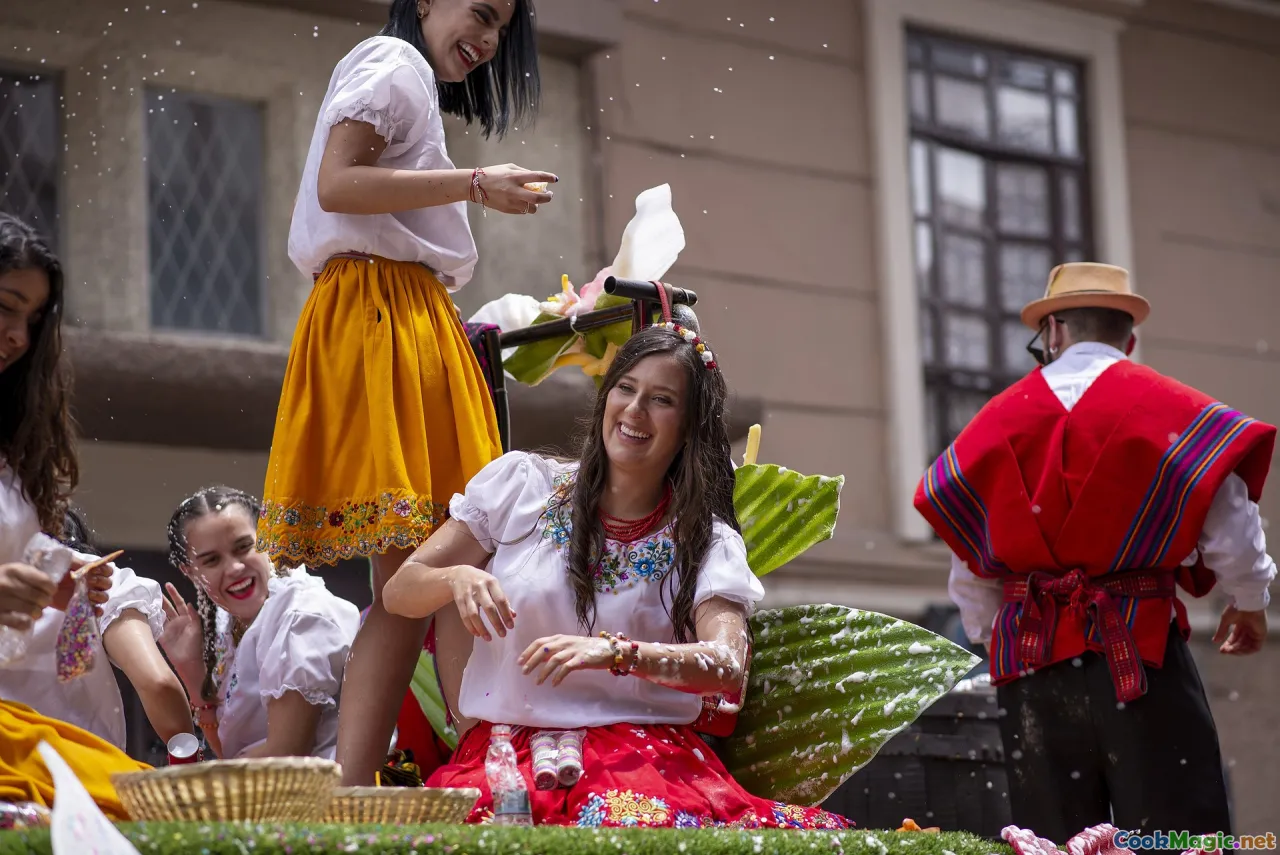
Across continents, fermentation weaves a vibrant cultural tapestry. In Japan, sake breweries open their barrel rooms to the public during harvest festivals, offering immersive tastings of silky, aromatic rice wines that echo centuries of craftsmanship. In Korea, the bustling fermented foods markets during Chuseok celebrate rich kimchi varieties—each jar telling a story of seasonality, local ingredients, and family heritage.
Meanwhile, Eastern European Festivals showcase the tradition of sourdough bread baking, making stations filled with warm, crusty loaves, accompanied by the sharp, pungent aroma of fermenting rye. In each case, fermentation becomes a living cultural practice, fostering community bonds and preserving intangible heritage through interactive workshops.
Personal Insight: Attending a Polish Fermentation Fair last autumn, I was struck by the heartfelt storytelling behind each pickled vegetable. The elderly artisans shared memories of family recipes handed down through generations, infusing the workshops with nostalgia and communal pride.
Behind the Scenes: The Science and Art of Fermentation

Fermentation may seem like magic, but it’s a playful dance between science and artistry. In workshop settings, participants learn the symbiotic relationship between microbes—yeasts, bacteria, molds—and their role in transforming humble ingredients into complex, flavor-packed foods.
For example, a workshop on kombucha brewing guides attendees through the delicate balance of tea, sugar, and SCOBY (symbiotic culture of bacteria and yeast). Participants marvel at the fizzy, slightly vinegary taste of their first batch—an instant reward that sparks curiosity about living microorganisms.
Similarly, sourdough bread workshops unlock the secrets of feeding wild yeast cultures over days, developing a tangy, chewy loaf with a crackling crust. These hands-on experiences demystify fermentation, help dispel misconceptions, and empower home cooks to continue experimenting long after the festival ends.
Tip: Always use organic ingredients and sterilize your equipment to ensure healthy fermentation. The living cultures require a clean environment to thrive.
Tasting the Diversity: From Kefir to Kimchi
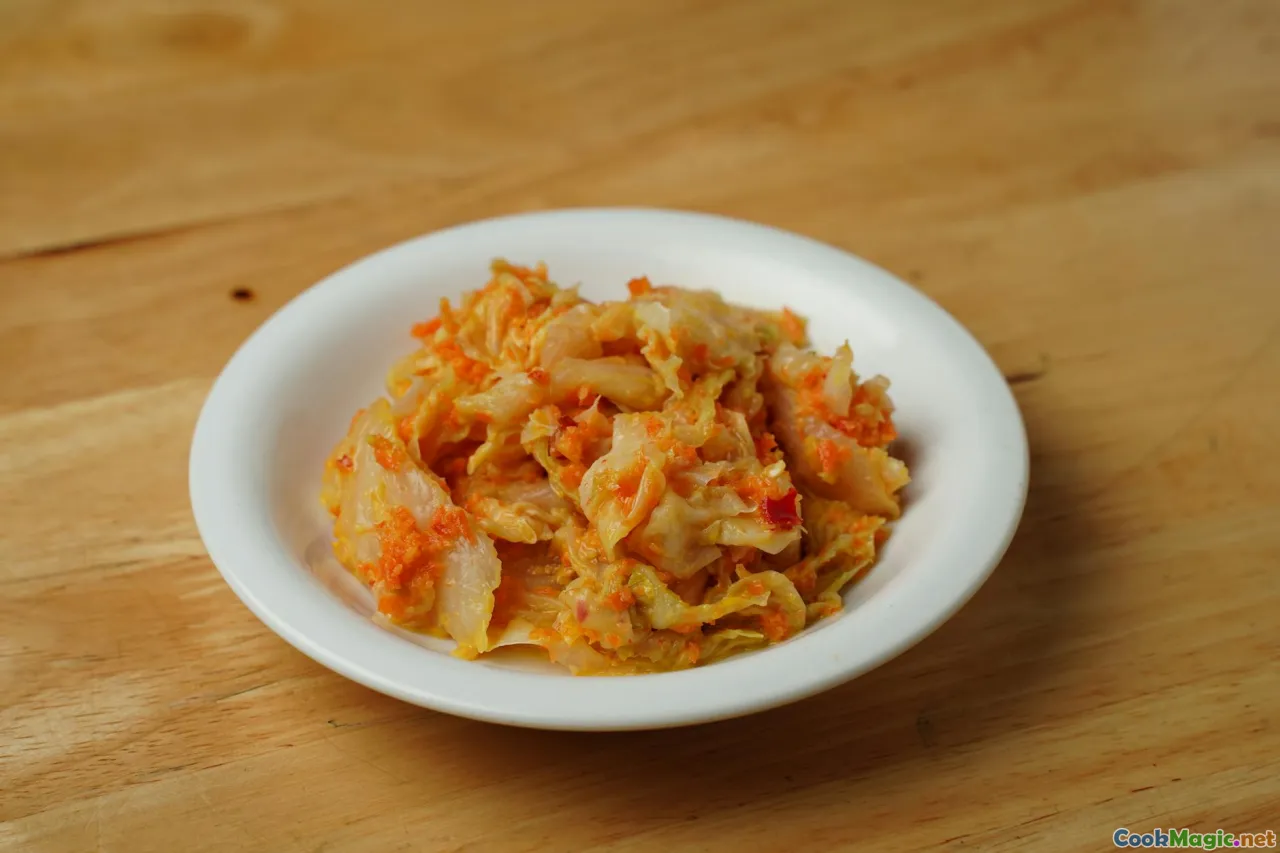
One of the most compelling aspects of fermentation festivals is the kaleidoscope of flavors offered—from the tangiest kimchi bursting with umami and chili heat, to the creamy, probiotic-rich kefir soothing the palate. Workshops often feature tasting stations where curated assortments allow visitors to compare diversity.
In a recent Brussels event, I sampled a notorious Belgian fermented gherkin—crispy and tart, with a whisper of dill—paired with a homemade sourdough crostini topped with whipped lard and fermented onion chutney. The layers of sour, salty, spicy, and umami palates come alive, igniting a newfound appreciation for fermented foods.
Personal Insight: I met a fermentation artist who masterfully crafted a kvass—dark rye bread infused with wild herbs. The complex aroma of toasted grains mixed with fermented berries intrigued everyone and showcased regional creativity.
Innovative and Modern Fermentation Creations
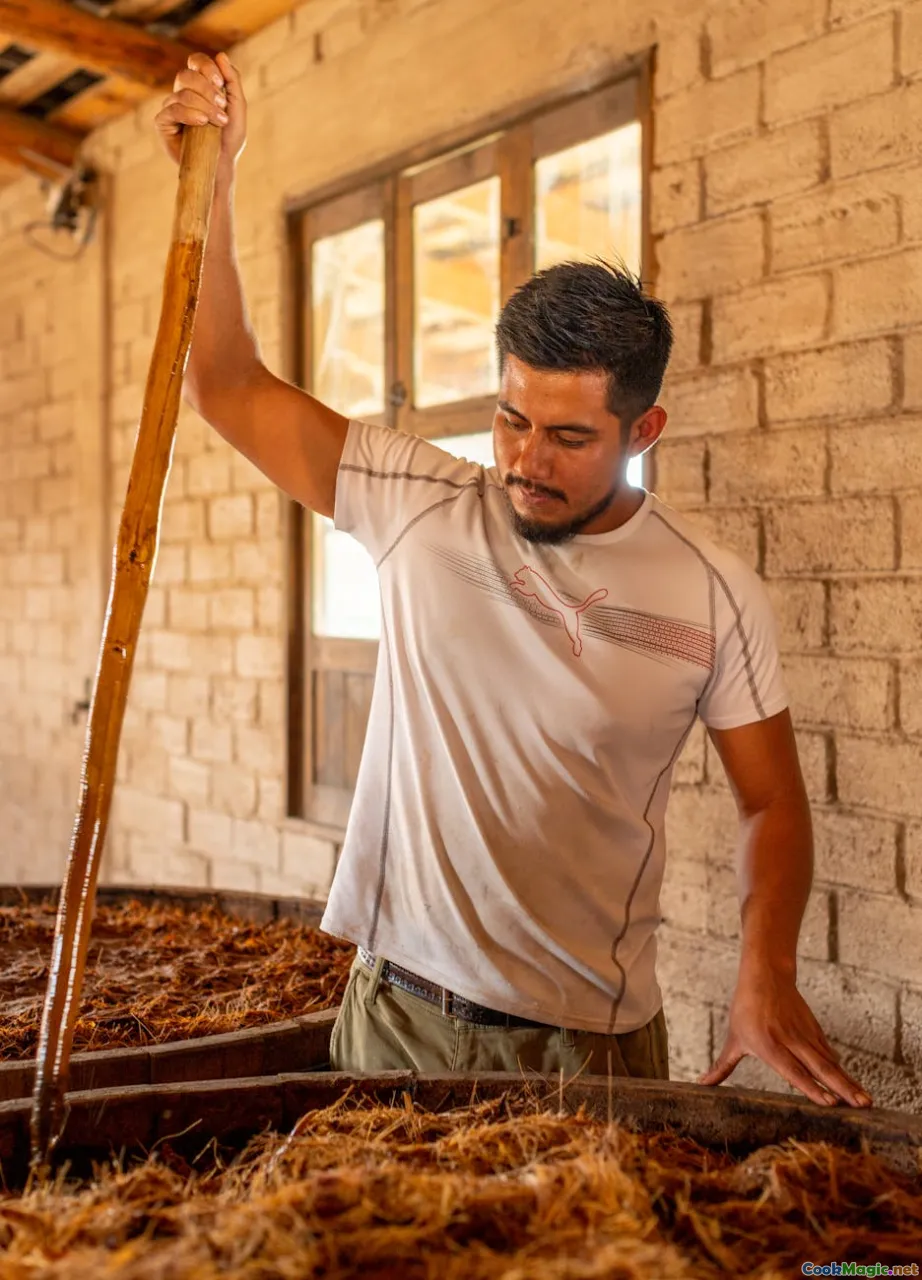
While traditional ferments dominate the scene, contemporary chefs and entrepreneurs push boundaries, adopting fermentation for a new generation. Workshops now explore kombucha cocktails topped with edible floral garnishes, craft meads infused with exotic spices, and fusion dishes combining kimchi with tacos or pasta.
In San Francisco’s ferment-focused food fairs, I discovered mushroom fermentations that create umami-rich condiments, revolutionizing plant-based cuisines. Another trend: fermented desserts—think miso ice cream or yogurt panna cotta with aromatic lacto-fermented fruit compotes.
This wave of innovation keeps fermentation accessible, fun, and adaptable—appealing to adventurous eaters eager to incorporate complex flavors into their everyday meals.
How to Host a Fermentation Workshop of Your Own
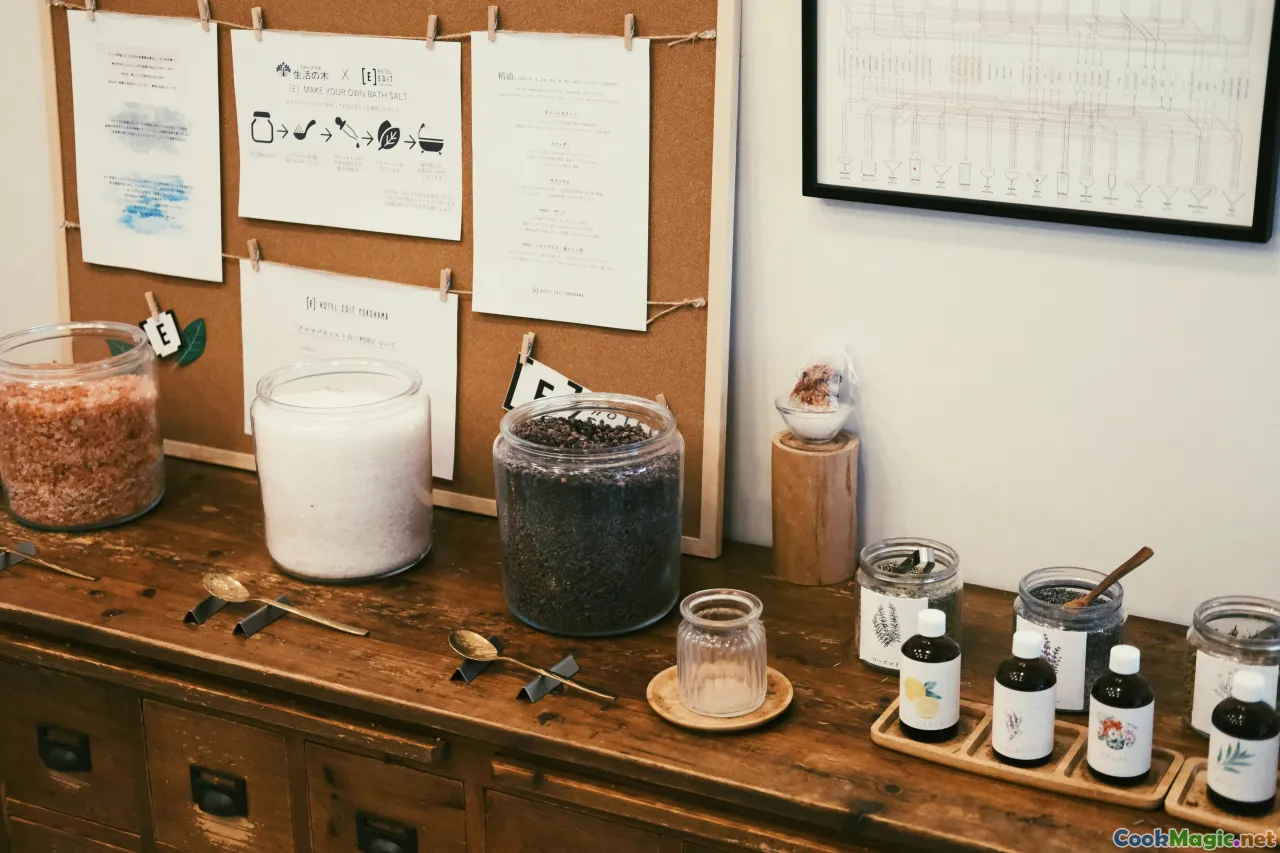
Inspired to bring fermentation into your community or home kitchen? Hosting a workshop can be a rewarding experience. Here are practical tips:
- Start with simple ferments like sauerkraut, quick kimchi, or water kefir.
- Gather quality ingredients—local, organic produce enhances flavor and safety.
- Prepare sterilized equipment: glass jars, fermentation weights, and silicone spatulas.
- Educate attendees on microbial safety—avoid contamination and spoilage.
- Create an inviting environment with recipe handouts, tasting samples, and digestible science explanations.
- Encourage experimentation—different vegetables, seasonings, and liquids inspired by cultural traditions.
Personal Tip: Incorporate sensory activities—sniffing, tasting, observing bubbles—to deepen understanding and enjoyment.
The Future of Fermentation Festivals
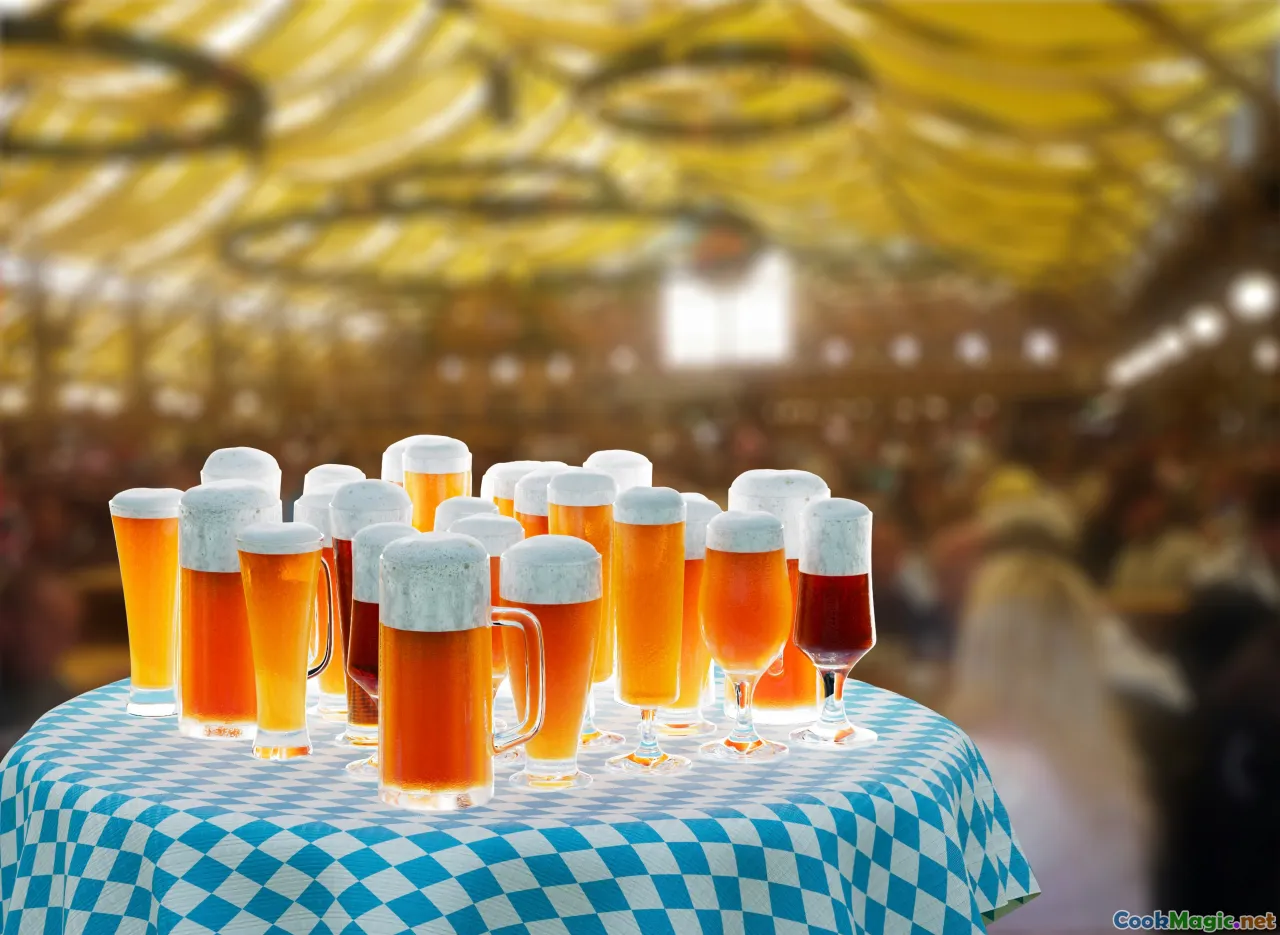
As the culinary world becomes increasingly conscious of health, sustainability, and flavor complexity, fermentation festivals are poised to evolve even further. Expect sprawling 'fermentation villages' equipped with virtual reality walkthroughs of microbial communities, composting stations promoting zero waste, and fermentation art installations that illuminate the living cosmos of microbes.
Integration with local food systems, farm-to-table collaborations, and educational outreach will make these festivals not just celebrations but catalysts for sustainable, healthful living.
Never has fermentation been more accessible, exciting, or vital in our culinary canon. Festival goers will continue to be fascinated—not only by the flavors but by the stories, science, and cultural identity embedded in every bubbling jar.
So next time you stumble upon a fermentation workshop at a food fair, leap into the bubbling cauldrons of tradition and innovation—your palate will thank you, and you’ll find yourself part of an ancient yet ever-evolving tapestry of flavor.
Happy fermenting!









